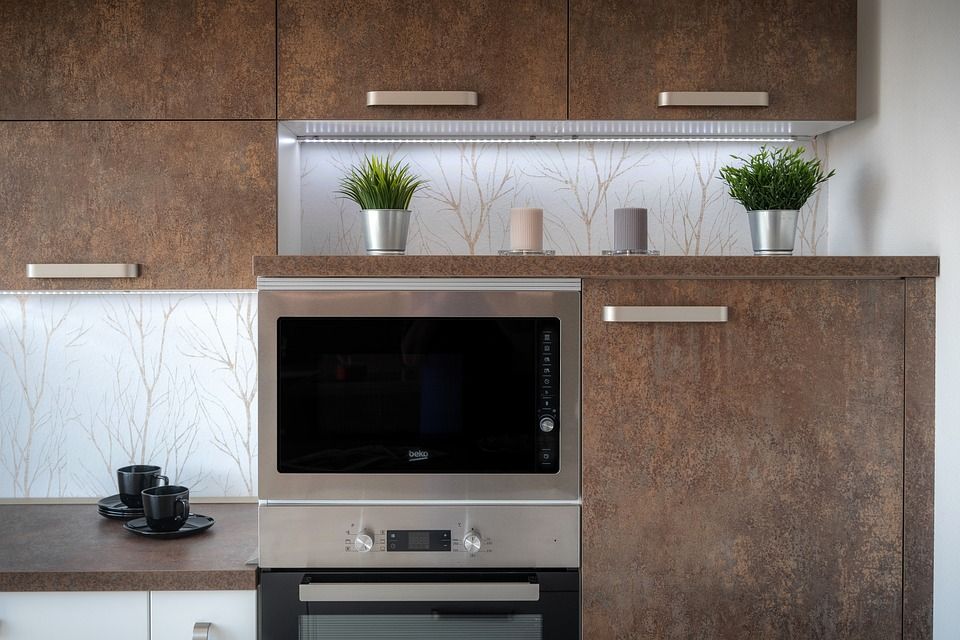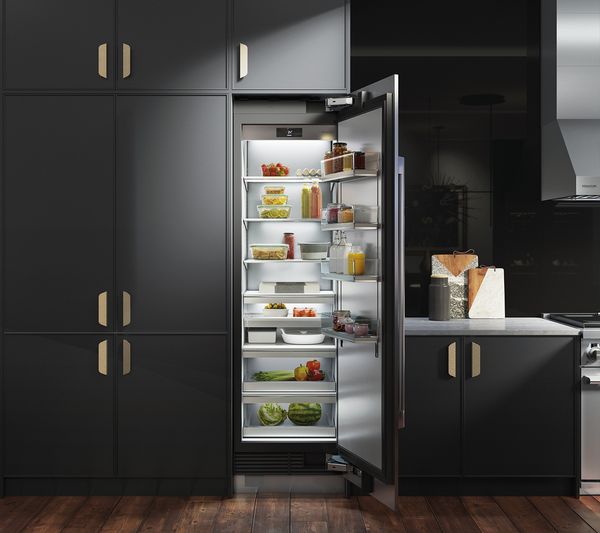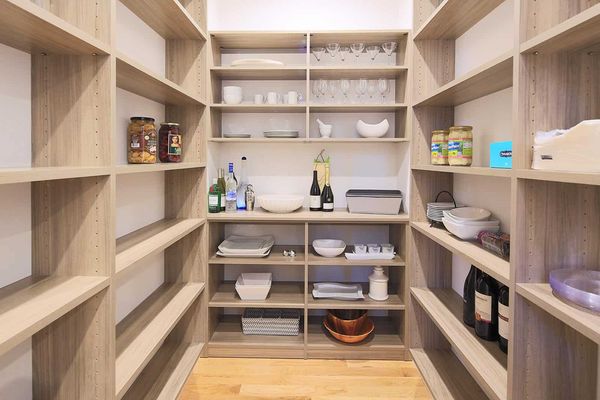Microwaves have come a long way since their invention in the 1940s. They are now a ubiquitous kitchen appliance found in millions of homes worldwide, thanks to their convenience and time-saving capabilities. With the growing demand for microwaves, the market has become saturated with various sizes and types, making it challenging to find the perfect fit for your kitchen.
In this comprehensive guide, we will explore the different microwave sizes available, along with their dimensions and features, to help you make an informed decision when purchasing this essential kitchen appliance.
Understanding Microwave Sizes
Closed Door Depths Range
For typical microwave dimensions, there are four main microwave size categories: compact, mid-size, large, and extra-large. Let's explore each of these sizes to help you identify the right fit for your kitchen.
Compact Microwaves
Compact microwaves are the smallest size available, making them ideal for small kitchens, dorm rooms, or studio apartments with limited countertop space.
Their capacity typically ranges from 0.5 to 0.8 cubic feet, and they usually have a width of around 18-21 inches, a height of 10-12 inches, and a depth of 12-14 inches.
Despite their smaller size, compact microwaves still offer a range of cooking features, though they may not accommodate larger dishes.
Mid-Size Microwaves
Mid-size microwaves are a popular choice for average-sized kitchens, providing more cooking capacity than compact models without taking up too much countertop space.
They generally have a capacity of 0.9 to 1.3 cubic feet and dimensions of around 21-24 inches in width, 12-14 inches in height, and 14-16 inches in depth.
These microwaves can accommodate most standard dinner plates and are suitable for everyday cooking tasks.
Large Microwaves
Large microwaves offer even greater cooking capacity, making them an excellent choice for families or those who frequently entertain guests.
With a capacity of 1.4 to 1.9 cubic feet, these microwaves can accommodate larger dishes and cookware, such as casseroles or whole chickens.
Large microwaves usually measure 24-30 inches in width, 14-16 inches in height, and 16-18 inches in depth.
Extra-Large Microwaves
Extra-large microwaves are the largest size available and are perfect for those who require maximum cooking capacity.
They boast a capacity of 2.0 cubic feet or more and typically measure 30 inches or more in width, 16-18 inches in height, and 18-20 inches in depth.
These microwaves are ideal for large families or those who frequently cook large meals.
Choosing the Right Microwave Size for Your Needs
Over the Range Microwaves
To select the best microwave size for your kitchen, consider the following factors:
Countertop Space
Evaluate your available countertop space to determine the appropriate microwave size. Keep in mind that a microwave should have adequate ventilation space around it (at least 3 inches on the sides and 1 inch on top) to prevent overheating.
Cooking Needs
Consider your cooking habits and the types of dishes you typically prepare. If you mostly use your microwave for reheating and defrosting, a compact or mid-size model may be sufficient. However, if you often cook large meals, you may benefit from a large or extra-large microwave.
Family Size
The number of people in your household can also influence the appropriate microwave size. Larger families may require a microwave with a greater capacity to accommodate multiple servings, while smaller households or individuals might find a compact or mid-size microwave more suitable.
Features and Wattage
Higher wattage microwaves tend to cook food more quickly and evenly. While compact microwaves usually have lower wattage (around 600-800 watts), mid-size and large microwaves typically offer 900-1200 watts, and extra-large models can exceed 1200 watts.
Consider your desired cooking speed and efficiency, along with any additional features, such as sensor cooking, convection capabilities, or preset cooking programs, when selecting a microwave size.
Other Factors to Consider
Countertop Microwave
In addition to microwave size, it's essential to consider other factors that can impact your overall satisfaction with your purchase:
Design and Style
Microwaves come in various designs and styles, including countertop, over-the-range, and built-in models.
Countertop microwaves are the most common and can easily be moved or replaced, while over-the-range and built-in microwaves require professional installation but can save valuable counter space. Choose a microwave design that complements your kitchen layout and aesthetic.
Budget
Microwave prices can vary significantly depending on size, features, and brand. Compact microwaves tend to be the most affordable, with prices ranging from $50 to $150, while mid-size and large microwaves can cost between $100 and $500.
Extra-large and feature-rich models can exceed $500. Establish a budget that aligns with your needs and preferences.
Brand and Warranty
Finally, consider the microwave's brand and warranty. Reputable brands often provide better customer support and warranties, giving you peace of mind when investing in a new appliance.
Look for a microwave with a warranty of at least one year, and read customer reviews to gauge the reliability and performance of various models.
Conclusion
Open Microwave Door
Selecting the right microwave size is crucial for maximizing the functionality and convenience of this essential kitchen appliance. By understanding the various microwave sizes available, assessing your cooking needs and available countertop space, and considering other factors such as design, budget, and brand, you can find the perfect microwave to suit your kitchen and lifestyle. With the right microwave in place, you'll enjoy countless meals and save time in the kitchen, making it an investment well worth making.






